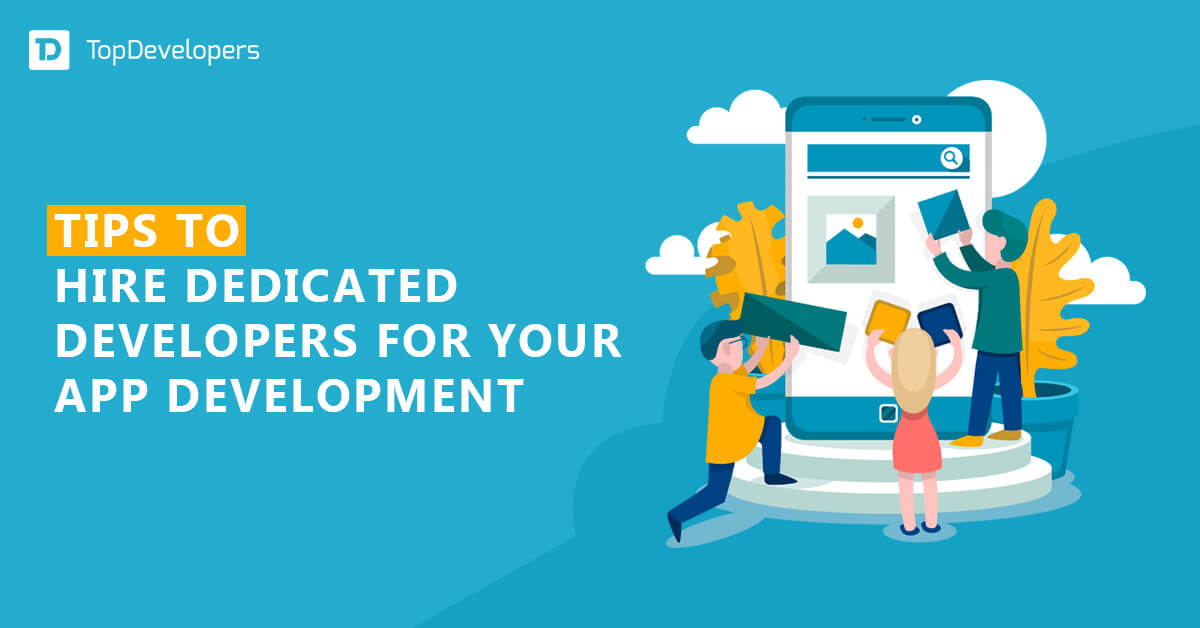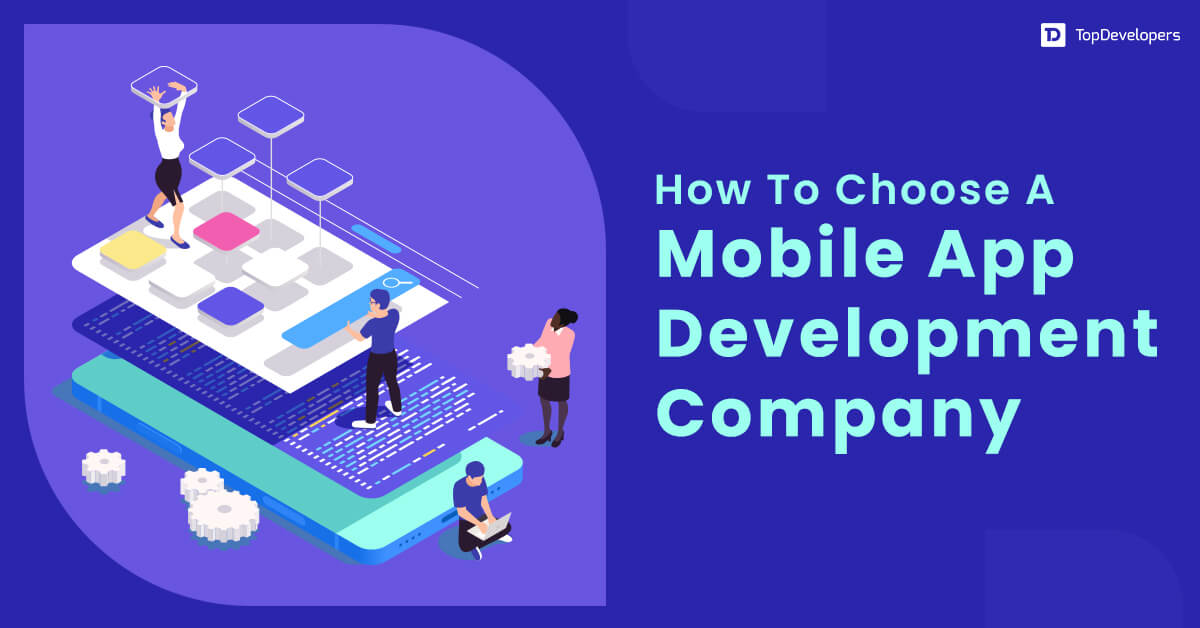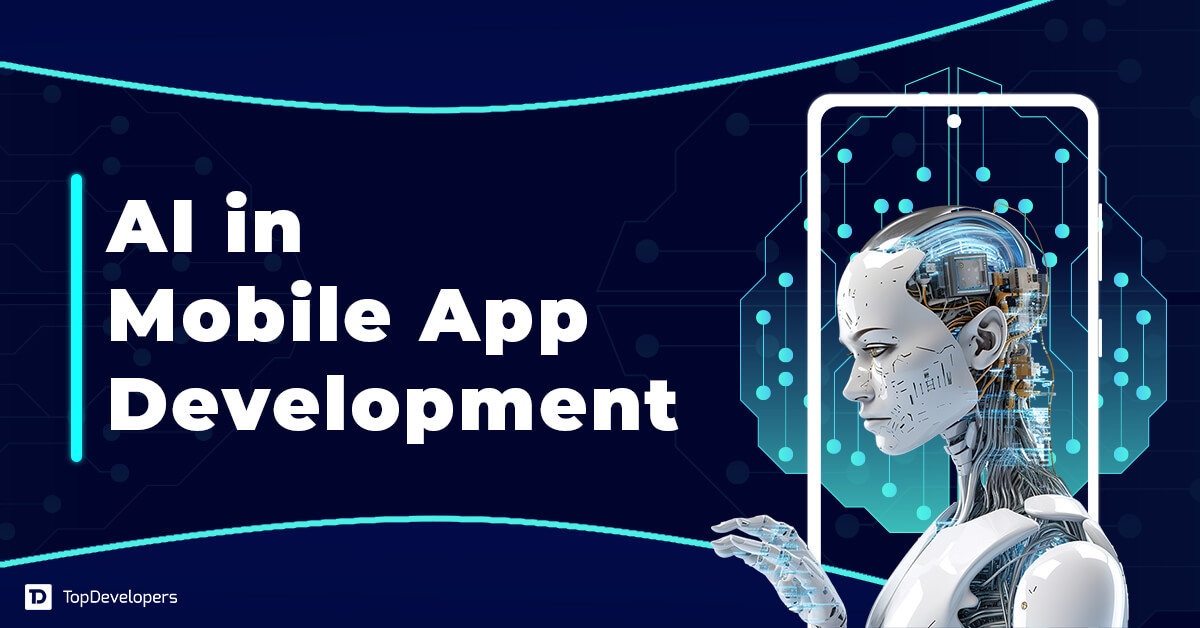
Building a mobile app that stands out in today’s competitive market is no small feat. With millions of apps vying for user attention, incorporating the right features is crucial to ensuring success. From improving user engagement to enhancing functionality, thoughtfully chosen features can make or break the user experience.
This blog explores a comprehensive mobile app features list, covering core features, advanced capabilities, and future-ready innovations. Whether you’re looking to develop your first app or improve an existing one, understanding these key elements is essential.
By the end, you’ll have a clear roadmap to building a mobile app that not only meets user expectations but also sets a benchmark in mobile app development.
Table of Contents
- Core Features (Essential for Functionality and Usability)
- Advanced Features (To Enhance Engagement and Value)
- Future-Ready Features (Innovative Features to Stay Ahead)
- Real-World Examples of Must-Have Features in Action
- Tips for Prioritizing Mobile App Features
- Conclusion
- FAQs regarding Mobile app features
- What is the most important feature of an app?
- Which feature helps in developing engaging mobile apps and enhancing their functionality?
- How do I make an advanced app?
- What are the common app features of the app?
- What makes a good mobile app?
- What are next-generation mobile apps?
- How many features should an app have?
- How do I choose the best features for my mobile app?
Core Features (Essential for Functionality and Usability)
To build a mobile app that resonates with users, it’s important to prioritize core features that provide a seamless and engaging experience. These foundational features are the backbone of any successful app, ensuring ease of use, reliability, and satisfaction for every user.
Simple and Intuitive UI/UX Design
A visually appealing and user-friendly app design is non-negotiable for any mobile app. Smooth navigation, adaptive layouts for various screen sizes, and aesthetically pleasing graphics are crucial for keeping users engaged. An intuitive design eliminates confusion, making every interaction effortless and enjoyable.
Seamless Registration and Login
Onboarding should be as simple as possible. Features like social logins, email authentication, and biometric options (fingerprint or facial recognition) reduce friction and enhance user convenience. A seamless login process sets the tone for the rest of the user experience.
Offline Functionality
Internet connectivity isn’t always guaranteed, and apps that offer offline capabilities stand out. By enabling users to access core features without an internet connection, apps enhance usability in low-connectivity regions, ensuring uninterrupted service.
Push Notifications
Push notifications keep users informed and engaged. Personalized alerts based on user behavior—such as updates, reminders, or exclusive offers—drive interaction and retention. However, striking the right balance is key to avoiding notification fatigue.
Smart Search
A robust search feature powered by AI can greatly improve usability. Predictive and contextual search options help users find what they need quickly, enhancing overall satisfaction. For instance, a shopping app with smart search can recommend products based on search history and preferences.
Accessibility Features
Designing with inclusivity in mind ensures your app is usable by everyone. Features for mobile app like text resizing, voice commands, and screen reader compatibility cater to users with disabilities, broadening your app’s appeal and usability.
Fast Loading Times
In the fast-paced digital world, speed matters. Optimizing your app’s performance through data caching, lightweight coding, and streamlined architecture ensures that users won’t abandon the app due to delays.
QR Code Scanner
A QR code scanner is a versatile tool that can facilitate payments, provide product details, or enable app-specific interactions. It’s especially useful for e-commerce, event management, and logistics apps, adding convenience for users.
In-App Messaging
Real-time communication is a must for today’s connected users. Whether it’s enabling customer support or facilitating user-to-user interactions, in-app messaging enhances the overall experience and provides instant assistance when needed.
Feedback Channel/User Feedback
Listening to your users is key to continuous improvement. A feedback channel within the app provides valuable insights into user preferences, issues, and suggestions, helping you refine your app and stay ahead of competitors.
Advanced Features (To Enhance Engagement and Value)
To stand out in the crowded app marketplace, advanced mobile app features are essential. These features go beyond the basics to create an engaging, efficient, and highly functional mobile app experience. By incorporating the latest app development trends, technologies and innovations, you can significantly elevate user satisfaction and loyalty.
AI-Driven Personalization
AI and Personalization is key to user retention. With AI, apps can analyze user behavior and preferences to deliver tailored recommendations, customized content, and relevant notifications. For example, a streaming app might suggest shows based on viewing history, making the experience feel uniquely personal.
In-App Chat or Chatbots
Instant communication is a must in today’s fast-paced world. AI-powered chatbots provide quick answers to common questions, ensuring 24/7 support. For more complex issues, live chat can step in to resolve problems effectively. This dual approach enhances user trust and satisfaction.
Geolocation and GPS Integration
Location-based services add convenience and relevance to app functionality. From real-time delivery tracking in logistics apps to personalized deals for nearby stores in retail apps, incorporating geolocation capabilities make interactions timely and context-aware.
Secure Payment Gateways
Payment security is non-negotiable for apps handling transactions. By integrating trusted mobile app payment gateways with encryption, apps can ensure safe and seamless transactions. Multiple payment options, including digital wallets and cryptocurrencies, also enhance user convenience.
Social Media Integration
Seamlessly connecting apps with social media platforms encourages sharing and increases visibility. Users can log in with their social accounts, share achievements, or recommend products, amplifying your app’s reach through organic promotion.
Multi-Device Synchronization
In today’s multi-device ecosystem, users expect continuity. Multi-device synchronization ensures they can switch between devices—like from a phone to a tablet, laptop to desktop—without losing progress or data. For instance, gaming apps can save scores and achievements across platforms.
Advanced Analytics
Data is at the heart of innovation. Advanced analytics tools provide insights into user behavior, engagement metrics, and app performance. These insights empower businesses to refine app features, address pain points, and continuously improve the app experience.
Automated Responses
Automated responses save time and improve efficiency. Pre-programmed replies can handle FAQs, confirmations, or appointment reminders, freeing up customer support for more complex queries.
Face Detection
Face detection enhances both security and creativity. Mobile apps can use it for biometric authentication, ensuring secure logins, or for fun filters in social media apps. This dual utility makes face detection a versatile and valuable feature.
Multifactor Authentication
Security breaches can erode user trust. Multifactor authentication provides an additional layer of security by requiring multiple verification methods, such as a password and a one-time PIN, safeguarding sensitive user data.
Data Caching
Reducing load times is critical for user retention. Data caching stores frequently accessed data locally, ensuring faster performance and a smoother user experience. This is particularly valuable for apps with resource-heavy content like videos or images.
Future-Ready Features (Innovative Features to Stay Ahead)
As technology continues to evolve, integrating future-ready features ensures your app remains relevant and competitive. These cutting-edge functionalities not only enhance user experience but also future-proof your app by aligning with the latest industry trends.
Augmented Reality (AR)
AR transforms the way users interact with apps by overlaying digital content onto the real world. From virtual try-ons in e-commerce to immersive tours in real estate, AR creates engaging and practical experiences. Apps like IKEA Place have set benchmarks by allowing users to visualize furniture in their homes through AR.
Voice Recognition and Interaction
Voice interfaces simplify app navigation and interaction, providing a hands-free experience. Features like voice commands for searching, setting reminders, or executing tasks can significantly enhance accessibility. Smart assistants like Siri and Alexa have made voice interaction a user expectation across apps.
Wearable Integration
With the rise of wearable technology, apps need to extend functionality to devices like smartwatches and fitness trackers. Features like health monitoring, activity tracking, or real-time notifications ensure a seamless experience across devices. This integration is particularly valuable for fitness, healthcare, and productivity apps.
IoT Integration
The Internet of Things (IoT) connects devices to create smarter environments. Apps with IoT integration can control smart home devices, monitor connected healthcare tools, or manage industrial equipment remotely. For example, smart home apps enable users to adjust thermostats or lock doors with a simple tap.
Predictive Analytics
Predictive analytics powered by AI enables apps to forecast user needs and deliver proactive solutions. E-commerce apps, for instance, can predict purchase behavior and offer personalized discounts, while fitness apps can recommend workout plans based on user progress.
Blockchain-Based Security Features
Blockchain offers unparalleled security for sensitive data and transactions. By decentralizing data storage and encrypting information, blockchain prevents breaches and ensures user trust. Apps in finance and healthcare are leading the way with blockchain to protect sensitive information.
ChatGPT Integration
Conversational AI, like ChatGPT, takes customer support and user interaction to a new level. Apps can use ChatGPT to provide personalized assistance, generate content, or answer queries in a conversational tone. For example, a learning app might use ChatGPT to offer instant explanations for complex topics.
Cross-Platform Compatibility
Users expect consistency across devices and platforms. Cross-platform compatibility ensures your app performs seamlessly on iOS, Android, and web browsers, reducing app development costs while maximizing user reach. Frameworks like Flutter and React Native make achieving this easier than ever.
Real-World Examples of Must-Have Features in Action
Integrating innovative and essential features into your mobile app isn’t just a theoretical exercise—it has been proven to deliver tangible results. Below are examples of how successful apps leverage must-have features to enhance user experience, engagement, and functionality:
Augmented Reality (AR) in Retail Apps
Apps like IKEA Place have revolutionized the shopping experience with AR. Users can visualize how furniture looks and fits in their homes before making a purchase, reducing uncertainty and enhancing customer satisfaction. Similarly, Sephora’s Virtual Artist app allows users to try on makeup virtually, boosting confidence in online purchases.
Face Detection in Social Apps
Social media platforms like Snapchat and Instagram have popularized face detection for creative filters. This is a popular mobile app feature that not only enhances user engagement but also drives app stickiness by offering unique and shareable content. On the other hand, banking apps like HSBC use face detection for secure login, ensuring both convenience and security.
ChatGPT Integration in Customer Support
Apps such as Duolingo have integrated conversational AI to provide instant, personalized assistance. For example, users can ask for grammar explanations or word translations in real-time, enhancing their learning experience. Similarly, customer service apps use ChatGPT for 24/7 support, addressing queries quickly and efficiently.
Cross-Platform Compatibility in Streaming Apps
Spotify and WhatsApp are prime examples of apps offering seamless cross-platform functionality. Whether users switch from a phone to a desktop or tablet, their data and interactions are synced in real time. This is one of the best mobile app features that ensures a consistent experience across devices, catering to today’s multi-device users.
Predictive Analytics in Fitness Apps
Fitness apps like MyFitnessPal leverage predictive analytics to offer customized meal plans and workout recommendations. By analyzing user habits and progress, these mobile apps provide proactive guidance, keeping users motivated and engaged in their fitness journey.
IoT Integration in Smart Home Apps
Apps like Google Home and Amazon Alexa connect seamlessly with IoT devices to offer users smart home management. From controlling lights to adjusting thermostats, these apps showcase the convenience and functionality of IoT integration, creating smarter living environments.
Tips for Prioritizing Mobile App Features
When designing a mobile app, deciding which app features to prioritize can be challenging. A thoughtful approach ensures you deliver the right value to your users while optimizing resources and timelines. Here are some practical tips to help you make informed decisions on choosing the right features for your mobile app:
Understand Your Audience
The foundation of any successful app is a deep understanding of its target users. Conduct surveys, user interviews, and market research to identify what your audience truly values. For instance, a fitness app audience may prioritize features like activity tracking and progress analytics, while an e-commerce audience might look for a streamlined checkout process.
Key Insight: User-centric design ensures your app meets real needs, boosting adoption and satisfaction.
Start with a Minimum Viable Product (MVP)
An MVP focuses on delivering only the most critical features initially, allowing you to test the app with real users and gather feedback. This lean approach helps save time, minimize costs, and identify areas for improvement early on. For example, a ride-hailing app might start with features like booking and GPS tracking, leaving advanced functionalities like split payments for later.
Key Insight: Starting small allows you to validate your concept and iterate based on real user reviews and feedback.
Stay Scalable
As your app gains traction, its user base will grow, and new demands will arise. Prioritize mobile app features that can scale effortlessly, such as robust architecture, cloud storage, and modular designs. For instance, apps like Netflix and Instagram use scalable infrastructure to handle millions of users while maintaining performance.
Key Insight: Scalability ensures your app adapts to growing demands without compromising on quality.
Balance Core and Advanced Features
While it’s tempting to include every advanced feature in your mobile application from the start, focusing on a balance is crucial. Start with core features that are essential for usability, and gradually introduce advanced or future-ready functionalities like AI-powered personalization or IoT integration.
Key Insight: A phased approach ensures a smooth app development process and avoids overwhelming users with complexity.
Monitor Competitor Trends
Studying successful apps in your niche can offer valuable insights into feature prioritization. Identify which mobile app features drive engagement and what gaps you can fill to differentiate your app. For example, if competitors lack offline functionality, making it a priority can give your app an edge.
Key Insight: Competitive analysis helps you refine your app feature roadmap for maximum impact.
Conclusion
Creating a mobile app that truly stands out in today’s crowded market is about more than just adding flashy features—it’s about building something your users genuinely love. A smooth and intuitive experience, combined with essential mobile app features like fast performance and secure payments, lays the groundwork for success. When you add advanced tools like AI-driven personalization and forward-thinking innovations like AR or IoT, you take your app to the next level.
But great apps don’t happen overnight. They grow and evolve based on real user feedback, staying fresh with regular updates and new ideas. This is where partnering with top mobile app development companies can make a real difference. These expert app developers understand how to prioritize features, integrate cutting-edge technology, and deliver an app that exceeds user expectations.
Now’s the perfect time to start turning your app idea into reality. Think about the mobile app features that align with your goals and your audience’s needs. With a thoughtful approach and the right mix of essentials and innovations, supported by the expertise of leading mobile app development companies, your app can lead the way in usability, creativity, and user satisfaction.
FAQs regarding Mobile app features
What is the most important feature of an app?
The most important feature of an app depends on its purpose, but user-friendliness is universally critical. A simple and intuitive interface ensures users can easily navigate the app and achieve their goals without frustration.
Which feature helps in developing engaging mobile apps and enhancing their functionality?
Personalization is a key feature for creating engaging apps. By tailoring content, notifications, and recommendations to user preferences, apps keep users actively engaged and enhance their functionality by meeting specific user needs.
How do I make an advanced app?
To create an advanced app, integrate features like AI-powered chatbots, predictive analytics, and AR/VR capabilities. Focus on scalability, robust security measures, and seamless user experience across platforms to future-proof your app and make it stand out.
What are the common app features of the app?
Common app features include user registration and login, push notifications, search functionality, feedback channels, and offline access. These basic features are the backbone of most mobile applications, ensuring usability and engagement.
What makes a good mobile app?
A good mobile app is intuitive, secure, and reliable. It combines essential app features, like fast loading times and a seamless user interface, with advanced functionalities, such as personalization and cross-platform compatibility, to deliver an exceptional user experience.
What are next-generation mobile apps?
Next-generation mobile apps leverage advanced technologies like AI, IoT, blockchain, and AR/VR. These apps offer predictive capabilities, immersive experiences, and enhanced interconnectivity, setting them apart in terms of innovation and functionality.
How many features should an app have?
The number of features depends on the app’s purpose and audience. Start with core features in an MVP (Minimum Viable Product) and expand gradually based on user feedback. Avoid overwhelming users by focusing on quality over quantity.
How do I choose the best features for my mobile app?
You can select the best feature for your mobile app by conducting market research, defining the app’s purpose, determining success parameters, user requirements, and understanding priority features.
 Avantika Shergil
| Nov 25, 2024
Avantika Shergil
| Nov 25, 2024
Avantika Shergil is a technology enthusiast and thought leader with deep expertise in software development and web technologies. With over 8 years of experience analyzing and evaluating cutting-edge digital solutions, Avantika has a knack for demystifying complex tech trends. Her insights into modern programming frameworks, system architecture, and web innovation have empowered businesses to make informed decisions in the ever-evolving tech landscape. Avantika is passionate about bridging the gap between technology and business strategy, helping businesses build customized software and website, and understand about different tools to leverage effectively for their ventures. Explore her work for a unique perspective on the future of digital innovation.





